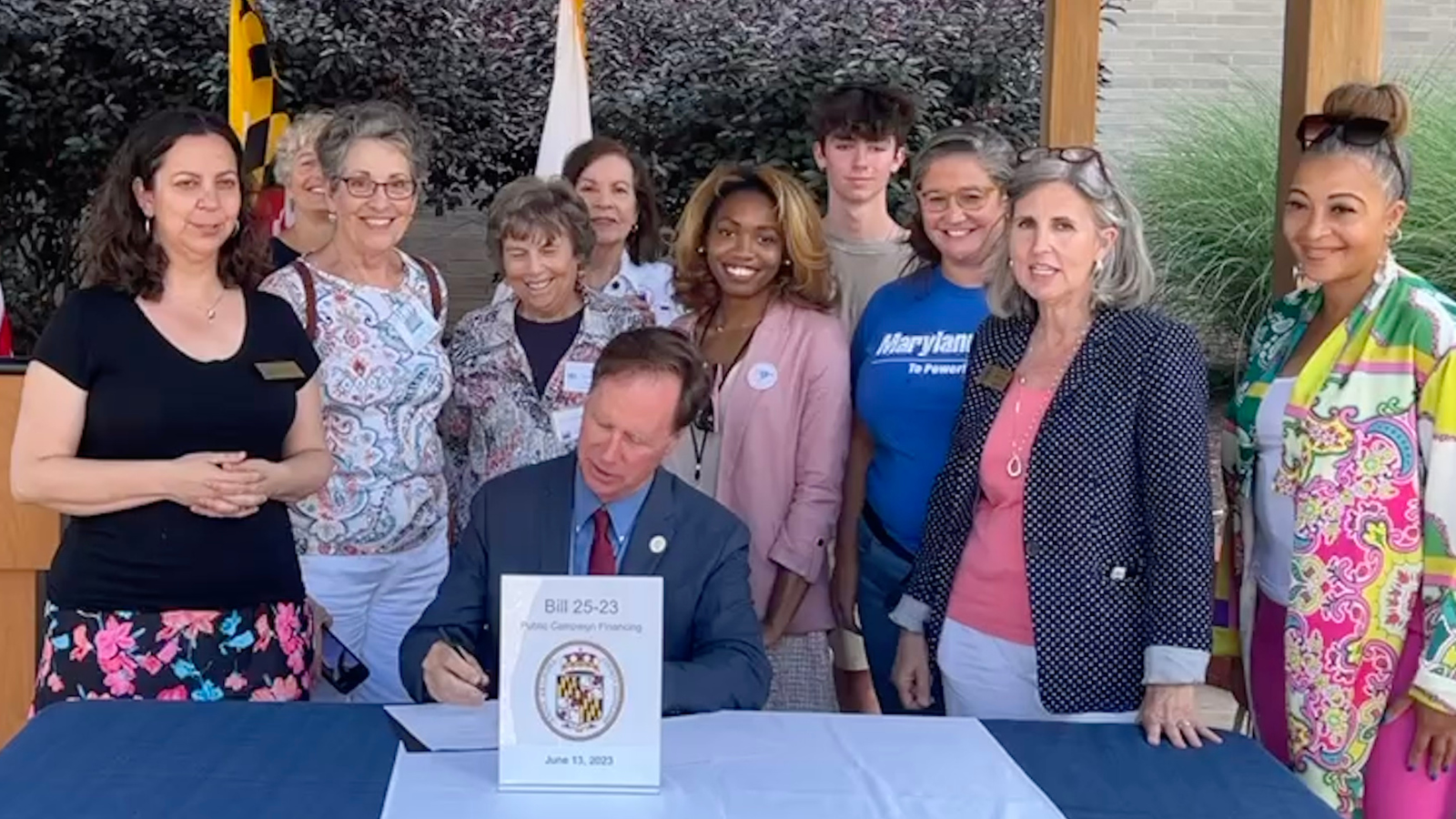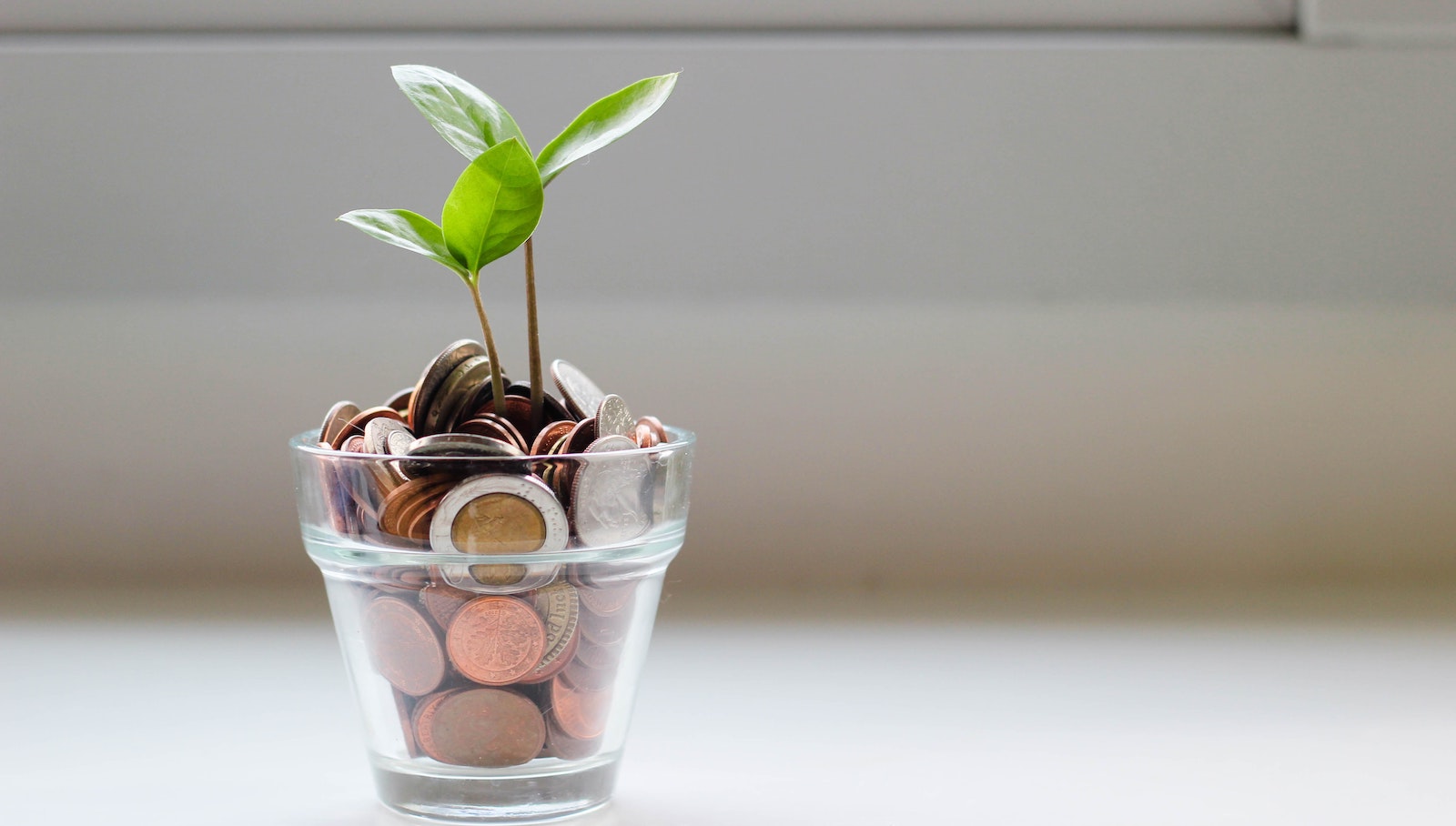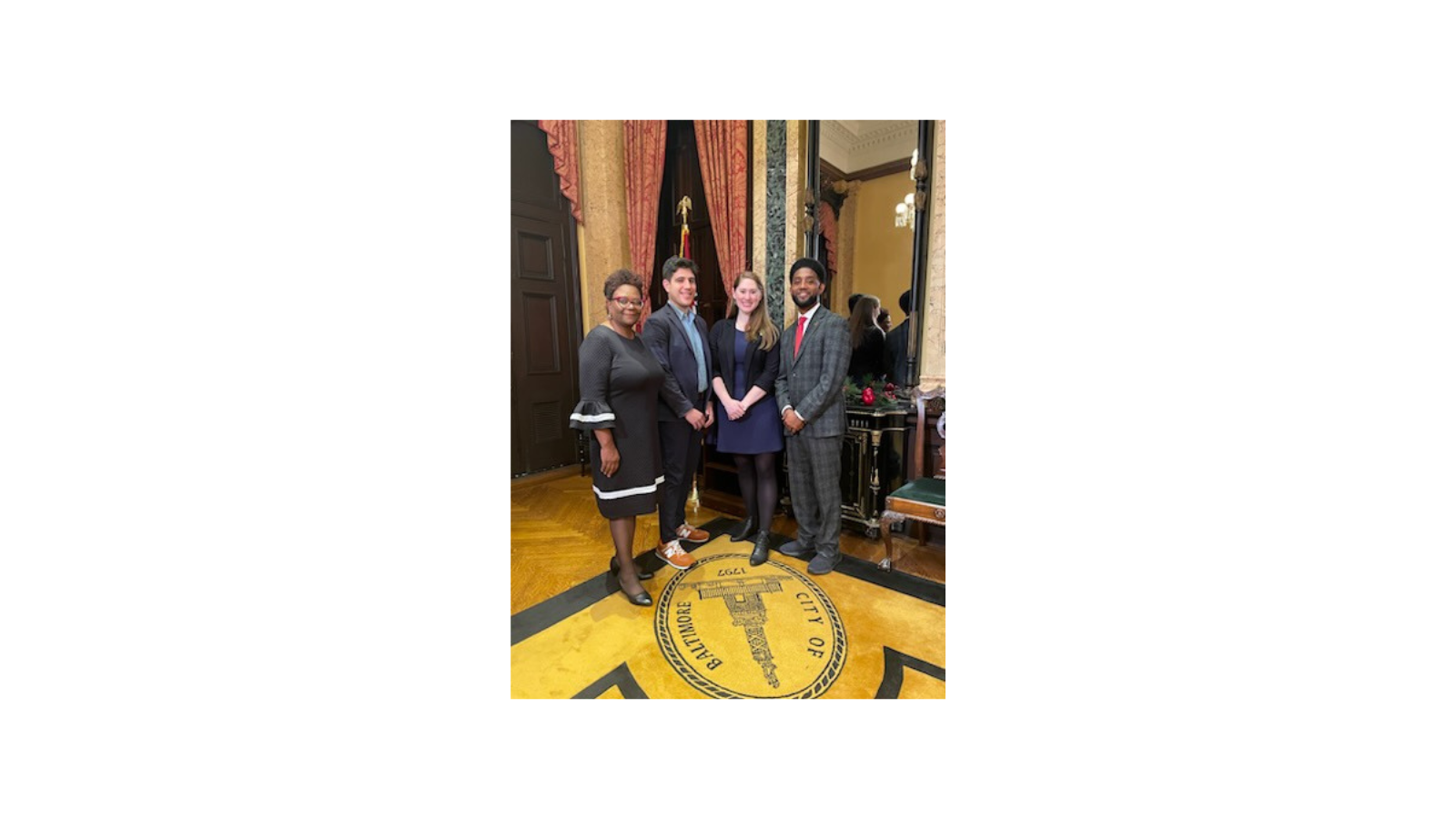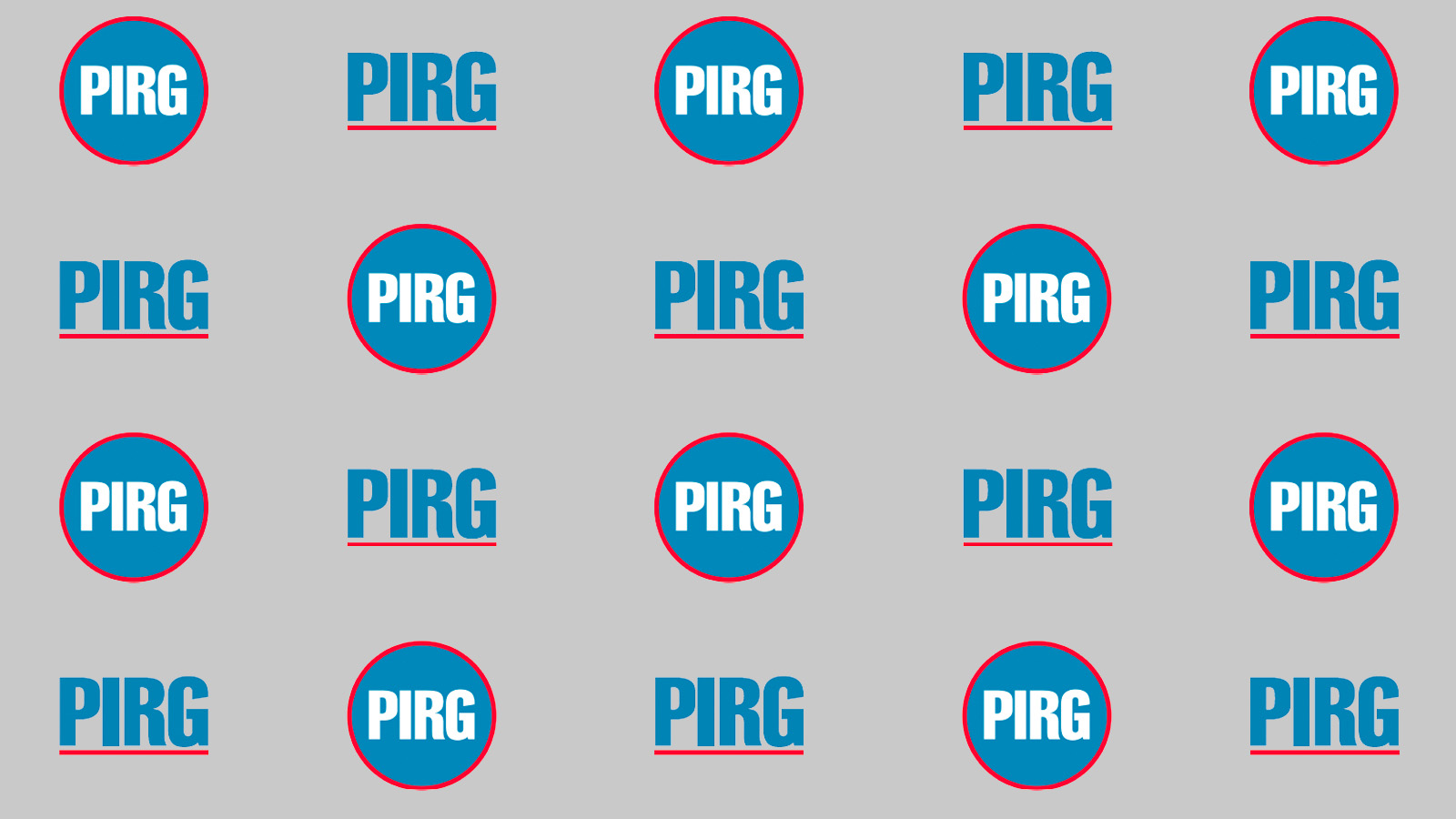In wake of the 2020 elections, four fantastic ways to improve mail-in voting in Maryland.
Like everything else in 2020, our electoral process had to adapt to the COVID-19 pandemic to ensure voters could safely participate in voting. Our democracy works best when we all participate, so we should do everything we can to ensure all eligible voters are able to participate, including improving our mail-in voting systems.

The COVID-19 pandemic laid bare some of the already existing barriers to voting while also demonstrating some of the smart policies at our disposal to make our elections’ systems more efficient and secure while increasing participation for the long term. In 2020, nearly two-thirds of eligible voters participated in the general presidential election, the highest total in the last 120 years. Voter turnout was also up to nearly 75% in Maryland.
Today, I’m going to talk specifically about the role of vote by mail in 2020 and what it means for future elections. In a future blog I’ll talk about other impacts of COVID-19 on voting, and how Maryland should respond.
Let’s build on the lessons we learned about mail-in voting.
With public health concerns around voting in person, many states expanded their mail-in voting systems in 2020. As a result, nearly half of all voters nationally sent in their ballots in by mail, a record total. In Maryland, every registered voter was mailed a ballot for the primary, and all were mailed a request form for the general. Well over 90 percent of voters used their mail-in ballot for the June primary, when ballots were sent directly to voters, and around half of Maryland voters used a mail in ballot for the general.
Future elections may not see such high vote by mail participation as COVID-19 wanes. However, as many voters participated by mail for the first time this election, we will likely see an increase in vote by mail in 2022 and 2024.
In order to respond to the lessons of our 2020 election and to adapt to a likely future increase in vote by mail participation, we should improve and expand on our vote by mail system in Maryland.
Here are four fantastic ways Maryland can improve its vote by mail systems:
1. Create a permanent mail-in ballot list.
Voters should be able to apply to be on a permanent mail-in ballot list so that they will receive a ballot in the mail for every upcoming election without having to fill out paperwork to receive their mail-in ballot every year. This means that elderly people, people with disabilities, and people who know they’ll vote by mail don’t have to fill out the same form for every election.
Five states, as well as Washington D.C., have already implemented permanent mail-in ballot lists, and several other states have these lists for voters with permanent disabilities and/or senior voters as well.
Requiring someone who wants to vote to fill out a new mail-in ballot request every year means multiple additional steps in the voting process, knowing specific deadlines, and increased cost to voters and the state.
2. Bring back ballot drop boxes.
Ballot drop boxes should be placed throughout the state in advance of each election. They are safe and secure ways for voters to return their mail-in ballots. In the 2016 elections, around one in six voters nationally used a drop box to submit their ballot. And this number only increased in 2020, when the vast majority of states, including Maryland, allowed voters to submit ballots via drop box. Over one million Maryland voters used drop boxes in the June primary election.
Drop boxes allow voters who are concerned about postmarking their ballot by the deadline to submit their ballots safely. Voters who received their mail-in ballot late, fear their ballot will be tampered with, or don’t trust the postal system can use drop boxes to vote confidently. Since Maryland’s mail in voting envelopes are postage paid, drop boxes also save local governments significant amounts of money because return postage is not required.
3. Improve ballot tracking.
Voters should know the status of their mail-in ballot. The state currently allows Marylanders to track the status of their ballot on the State Board of Elections website, but the website can take up to 2 weeks to update. We recommend that voters know where their ballot is at each step of the process, when it’s been delivered and received, and when the Board of Elections has either successfully or unsuccessfully processed the ballot.
For the 2020 elections, I received my ballot weeks after my neighbors did, and I know plenty of other Marylanders who had this experience as well. In contrast, five states and Washington D.C. use a system called BallotTrax, which allows voters to sign up and receive text and/or email updates on the status of their ballot through every stage of the process. Up-to-date tracking information about ballots helps reassure voters nervously waiting for their ballot and increases confidence in the electoral process.
4. Mail-in ballots should go through a curing process.
Ballot curing is a process when election officials reach out to voters and give them a chance to fix, or “cure,” any fixable issues with their submitted mail-in ballot. For example, of all mail-in ballots that were rejected in Maryland during the general election, 42% of these ballots were rejected because they were not signed by the voter, totalling to 1,552 total rejected ballots. During the June primary, 3,290 ballots were rejected because of a lack of signature. Whenever possible, voters should be alerted to a missed signature and be given the opportunity to fix it.
18 states already have statutes that require voters to receive notice if there is a missing signature or signature discrepancy on their mail-in ballot, and it’s time for Maryland to join them. Nobody should lose their voice in our democracy because they forgot to sign a piece of paper.
All eligible voters should be able to participate in our elections. As more voters choose to vote by mail, our state leaders should make these common sense adjustments to our election system and make permanent some of the best practices learned from our 2020 elections. Our democracy is strongest when more people participate. By making these adjustments, we can make our elections more efficient, secure, and accessible and perhaps most importantly increase voter participation and civic engagement.

Topics
Authors
Rishi Shah
Find Out More

Small donor public financing victory in Anne Arundel County

Anne Arundel County Considers Small Donor Public Financing

Mayor Scott swears in Fair Election Fund Commissioners

